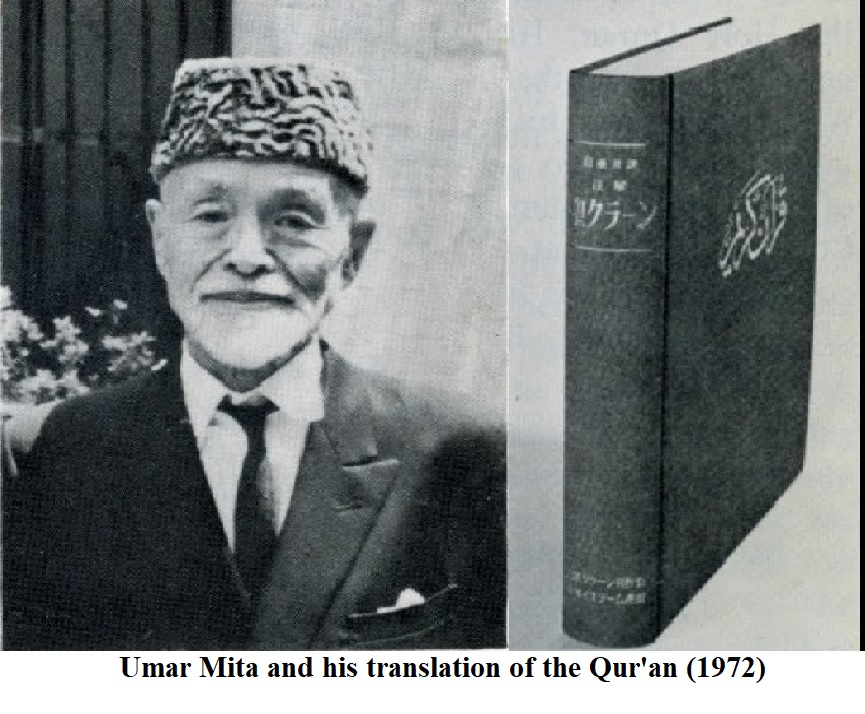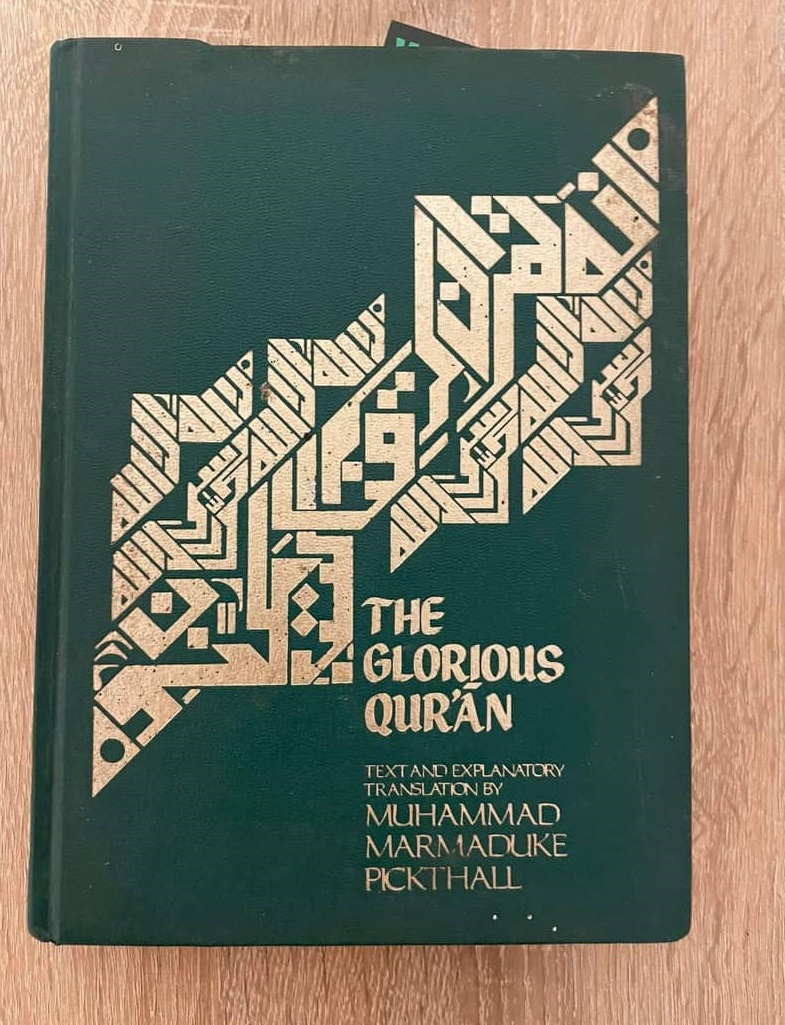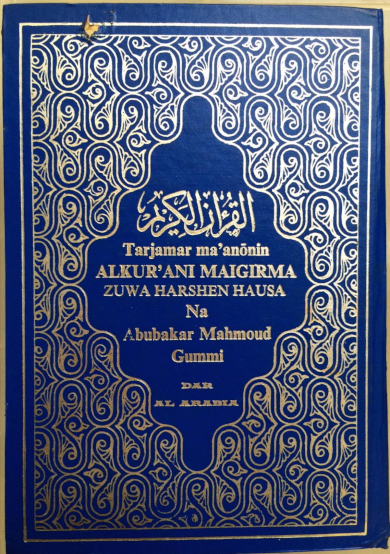The Muslim World League (‘Rābiṭat al-ʿĀlam al-Islāmī’, MWL) officially came into being on December 15, 1962. This global Muslim organization, which has its headquarters in Mecca, remains one of the most influential transnational Islamic institutions and has realized many different goals, from the cultural and religious to the political. Fifty years on from its establishment, the organization now has representatives in more than a hundred countries, both East and West. An institution founded in the political aspirations of Saudi Crown-Prince and later King Faiṣal ibn ʿAbd al-ʿAzīz Āl Saʿūd (1906–1975), the Muslim World League not only summarized previous achievements of Muslim religious activism, but has also implemented innovative structural policies to increase its international influence. Nowadays, registered as an NGO in Saudi Arabia, the MWL is headed by a Supreme Council that consists of sixty members drawn from all over the world, under the directorship of the Grand Mufti of the Kingdom of Saudi Arabia. How has this institution contributed to Qur’an translation activity and to what end?
In the Saudi Arabia of the 1950s and 1960s, which was undergoing a process of modernization, the problematic issue of the acceptability of Qur’an translation had already been resolved by adopting the compromise concept of ‘translation of the meanings of the Qur’an’ (‘tarjamah maʿānī al-Qurʾān’) in much the same way as had been done in Turkey and Egypt. As part of the MWL’s missionary project to promote Islam to non-Muslims and to disseminate the ‘correct version’ of Islam to other Muslims, initial plans to produce Qur’an translations were already declared during the first years of MWL activities. Between 1962 and 1963, the publication of translations in five languages was announced: English, French, Japanese, Chinese, Yoruba and Hausa. Most of these plans were successfully realized: for example, by 1963, the MWL had already reached an agreement with Muhammad Asad that they would publish his completed translation of the Qur’an into English. Asad had already finished translating nine suras, which were published under the name ‘The Message of the Qur’an’ in 1964 in Geneva, under the authority of the local Islamic Center and MWL (so the place of publication cited in this edition also includes ‘Mecca’). Asad’s translation was initially distributed in Switzerland and beyond, with some copies sent to Saudi Arabia. However, after careful review by the MWL board of experts, the project was cancelled: Asad’s perceived rationalist tendency in his commentary on the Qur’anic text, such as his ‘rejection of wonders and miracles’ and interpretation of ‘mutawafīk’ in Q. 3:55 as referring to ‘Jesus’ death’ led to many severe accusations against him. Later, in the 1970s, the MWL’s Permanent Committee for Scholarly Research and Ifta explicitly described this translation as disseminating ‘brutal mistakes and disgusting disbeliefs,’ going on to say ‘this is why the Consulting Board of the Muslim World League in the Holy City of Mecca prohibited its printing and distribution.’ Thus, when the complete edition of ‘The Message of the Qur’an’ was finally published in 1980, it had no links to the MWL. Instead, in 1965 the MWL printed Abdallah Yusuf Ali’s English translation (in two volumes): this was the first Qur’an translation ever printed in the Kingdom. Later, in 1977, the Muslim World League published Muhammad Marmaduke Pickthall’s English translation, which was distributed gratis by its UN mission in New York. Both translations were no more than reprints, without any editorial changes.

It seems that the first purpose-made translation prepared especially under the aegis of the MWL was printed in Japan in 1972 by the Association of Japanese Muslims, and was the first Muslim-authored translation in Japanese. Reprinted a few times in the following years, this translation remains one of the most popular in Japan, especially among local Muslims. The translator, Umar Mita (Ryoichi Mita, 1892–1983), spent a few years in Saudi Arabia during the 1960s, where he worked closely with ʿAbd Allāh ʿAbbās al-Nadwī (1925–2006), who at the time was the head of the translation unit and Muslim minority affairs for the MWL. ʿAbd Allāh ʿAbbās al-Nadwī himself had a PhD from Leeds University in the UK, and later authored a bilingual Arabic–English dictionary of the Quran (in 1983), and generally has been a leading figure in the promotion of translation activities inside the MWL. In 1996, he published his own book on the translation of the Qur’an in Arabic (‘Translation of the Meanings of the Qur’an and Development of Its Understanding in the West’’included a few auto-biographical notes on working with translators.
A second project, realized between 1962 and 1973, was a translation of the Qur’an into the Yoruba language, which is mostly spoken in Nigeria and has more than 50 million speakers at the current time. As a reaction to early missionary translations and a part of the localized drive for Islamization led by the local elite, it is reported that the translation was initiated by a political leader, Ahmadu Ibrahim Bello (1910–1966), and was finally published in Beirut by Dār al-ʿArabiyyah li l-Nashr with funding from the MWL. Another important African language, Hausa (which also nowadays has around 50 million speakers) also attracted the attention of the MWL. In 1979, the same Lebanese publishing house printed the first-ever Hausa translation of the Qur’an. The translator, a member of the Establishing Board of MWL, was Abù Bakr Mahmùd Gumì (1924–1992), an active protagonist in the Salafi movement in West Africa. Both translations (printed in Latin script) still play quite an important role in local Muslim tradition, and have been republished a few times.

A few years later, the MWL prepared a translation into Turkish under the title ‘Kur’an-ı Kerim ve Türkçe Açıklamalı Meali’ (‘The Noble Qur’an and Its Annotated Translation into Turkish’). First published in 1982 as a result of cooperation with some conservative Turkish scholars, it was published by Ayyıldız Matbaası in Turkey. The introduction states that the translation project was initiated by the MWL itself, but gives no further details. All the members of the original translation team (who worked on the project during the presidency of Ali Özek, 1932–2021) were at the time affiliated with the theological department of the University of Marmara, located in Istanbul. Still popular in Turkey under the name ‘Türkiye Diyanet Vakfı Meali’ (since it was later reprinted by this foundation), this translation has also been an important source for Qur’an translations into other languages, for example into Russian by Fazıl Karaoğlu (1994) and Crimean Tatar by Riza Fazıl (1998).
After the establishment of the King Fahd Qur’an Printing Complex (KFQPC) in 1984, all aspects of responsibility for these Qur’an translations (as well as human resources, in terms of the database of experts and contacts in the area of translation) was transferred from the MWL to this new institution. In the late 1980s the MWL was still discussing a couple of new projects, but all of these were later either published solely by the KFQPC or in collaboration with the MWL. This was, for example, the case with the new 1985 edition of Abdullah Yusuf Ali’s translation, which was the first Qur’an translation printed by KFQPC. The historical importance of the MWL lies in the fact that it was the first international institution in Saudi Arabia to promote the very idea of Qur’an translation in its modern sense (as ‘translation of the meanings of the Qur’an’), firmly establishing this notion within the global scholarly networks of Salafi scholarship. In addition, these translations were promoted in specific political contexts: at the time of their publication Saudi Arabia was supporting the creation of an Islamic state in Nigeria, and both the Yoruba and Hausa Qur’an translations were a sign of support for the local Muslims and their ethnic and religious identities. It could be also said, therefore, that the MWL contributed greatly to the establishment of the ‘permissibility’ of the translation of the Qur’an as part of both Salafi doctrine and, especially, Islamic missionary efforts throughout the world. Moreover, MWL publishing projects developed the idea of ‘approved’ translations of the Qur’an, as works corresponding to a ‘standard’ set of Islamic beliefs and ‘revised’ prior to publication by religious authorities.

To summarize the achievements of the MWL up to 1984 then, there were four translation projects: into Japanese (1972), Yoruba (1973), Hausa (1979) and, finally, Turkish (1982). However, the MWL was not able to make new translations into world languages like English or French, for which it relied on pre-existing materials. Despite its achievements, its role in the Qur’an translation publishing market generally ended in the mid 1980s, at which point it made way for the KFQPC.
Mykhaylo Yakubovych
